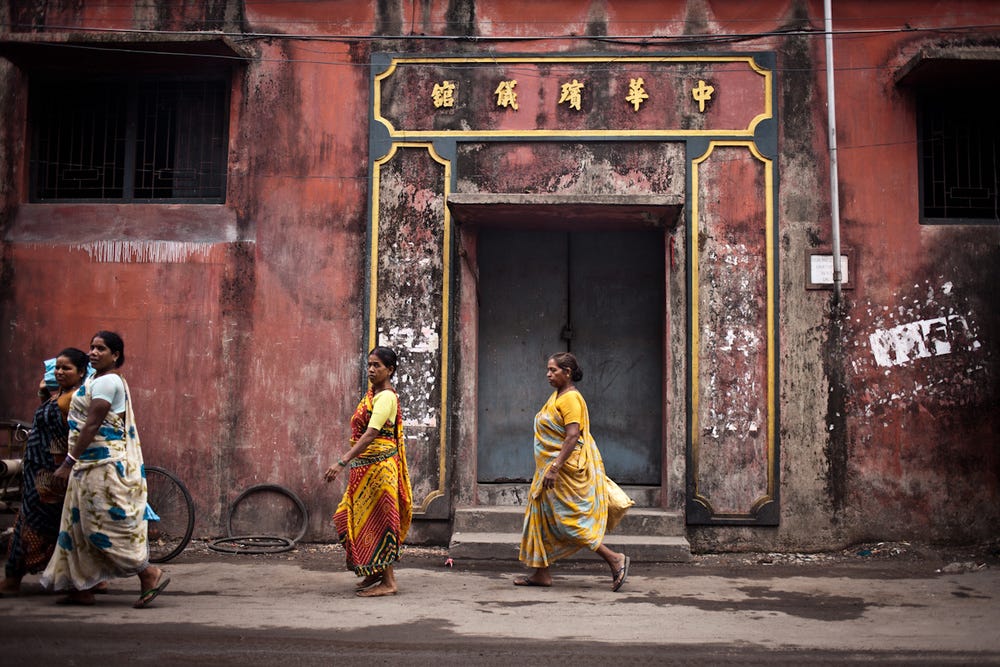Welcome to the Brown History Newsletter. If you’re enjoying this labour of love, please do consider becoming a paid subscriber. Your contribution would help pay the writers and illustrators and support this weekly publication. If you like to submit a writing piece, please send me a pitch by email at brownhistory1947@gmail.com. Don’t forget to check out our SHOP and our PODCAST. You can also follow us on Instagram and Twitter.
Indo-Chinese Cuisine: A 250-year Old Journey by Kamran Rahman
Depending on where you’ve lived or visited, you may have had the luxury of tasting Hakka cuisine (I’m looking at you, Torontonians!). People may often describe Hakka cuisine as a South Asian adaptation of Chinese food but Hakka cuisine in essence is a by-product of a separate community and their drive to survive in India. The collective narrative can be conveyed through the story of Monica Liu.
From the 17th through the 19th centuries, many people from different parts of modern-day China migrated to the Indian Subcontinent. Like many other Chinese groups, the Hakkas, one of the major subgroups of the Han Chinese, came to the region, primarily for economic opportunity. One of the earliest Chinese pioneers of Kolkata was a trader named Tong Achew. Tong Achew established a sugar mill about 34 kilometers West of Kolkata in Achipur, as well as a Chinese temple. (Fun fact: Achipur is named after Tong Achew). Shortly after, many Hakka people like Monica Liu, settled in Kolkata.
When it comes to Indo-Chinese cuisine, Monica Liu is known as Kolkata’s most well-renowned restaurateur. Originally a Hakka housewife, Liu has spent the last 30 plus years building up a collection of 5 Indo-Chinese restaurants, which employs 250 people. Her story, like many other Indo-Chinese restaurateurs, is against the backdrop of persecution, internment and subsequent liberation, and the heartiness required to survive. In the process, she has become Kolkata’s Don of Chinatown.






